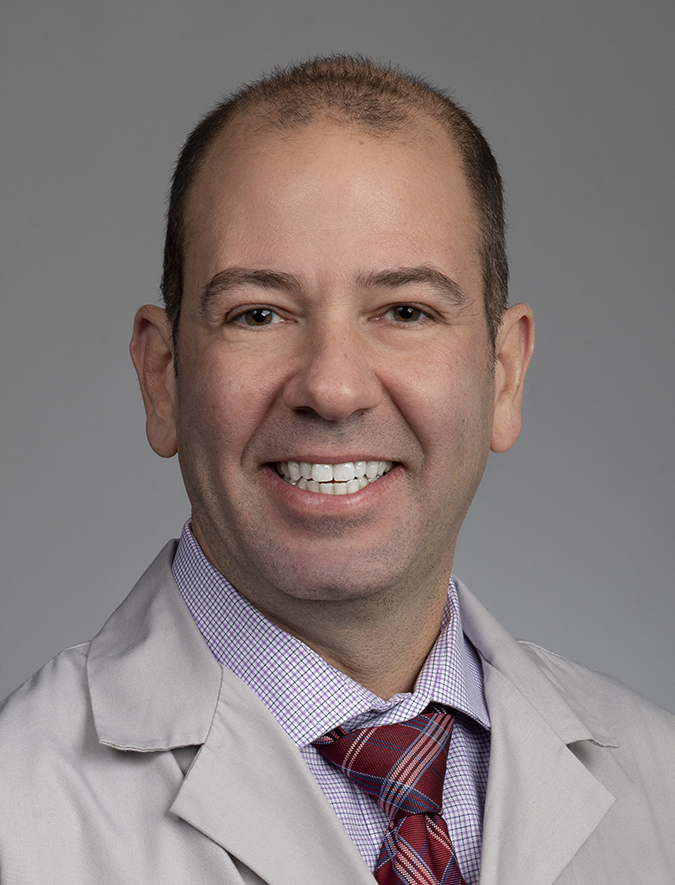A Contemporary Comparison of Cyanoacrylate, Radiofrequency, and Endovenous Laser Ablation on Healing of Active Venous Ulceration. Journal Article
Local Library Link: Find It @ Loyola
| Authors: | Korepta, L; Ward, M; Blecha, M; Sinacore, J; Aulivola, B |
| Article Title: | A Contemporary Comparison of Cyanoacrylate, Radiofrequency, and Endovenous Laser Ablation on Healing of Active Venous Ulceration. |
| Abstract: | OBJECTIVE: The goal of this study is to compare the healing rates of active lower extremity venous ulcers for patients receiving one of three ablation methods, compare their complications, and identify factors affecting successful healing and prevention of recurrence. METHODS: For this study, data was collected retrospectively on 146 patients at a single institution, tertiary-referral center, with an active venous ulcer who underwent ablation therapy via cyanoacrylate (VenasealTM), radiofrequency (RFA), or endovenous laser ablation (EVLA) from 2010-2020. RESULTS: The study showed a non-significant difference in days to ulcer healing post-intervention between ablative techniques, with 80.8 days for cyanoacrylate ablation (n=15), 70.07 for RFA (n=44), and 67.04 days for EVLA (n=79). A similar, non-significant trend was observed for ulcer recurrence, with a rate of 35.7% (5/14) for cyanoacrylate ablation, 26.7% (20/75) for EVLA, and 23.1% (9/39) for RFA. The same non-significant trend occurred with deep venous thrombosis (DVT) following the procedure, in 6.3% (1/16) of cyanoacrylate ablation, 4.8% (4/84) of EVLA, and 2.2% (1/46) of RFA cases. The rate of endovenous glue induced thrombosis (EGIT) was also higher (6.3%) for cyanoacrylate than endovenous heat induced thrombosis (EHIT) in EVLA (3.6%), and RFA (2.2%). Cox proportional hazard was significant for compliance with compression therapy (HR 2.12, CI 95% = 1.10- 4.20, p = 0.031) and lack of working with a wound clinic (HR 0.50, CI 95% = 0.33-0.75, p = 0.001) were associated decreased time to healing of ulcer, but was not influenced by the presence of other comorbidities of smoking or diabetes mellitus. CONCLUSION: This study indicates a trend towards cyanoacrylate ablation having longer healing times and more complications compared to other ablation methods when used in patients with active venous ulcers. Compliance with compression treatment is predictive of venous ulcer healing and working with a wound clinic had significantly longer healing times. |
| Journal Title: | Annals of Vascular Surgery |
| ISSN: | 1615-5947; 0890-5096 |
| Publisher: | Unknown |
| Date Published: | 2022 |



